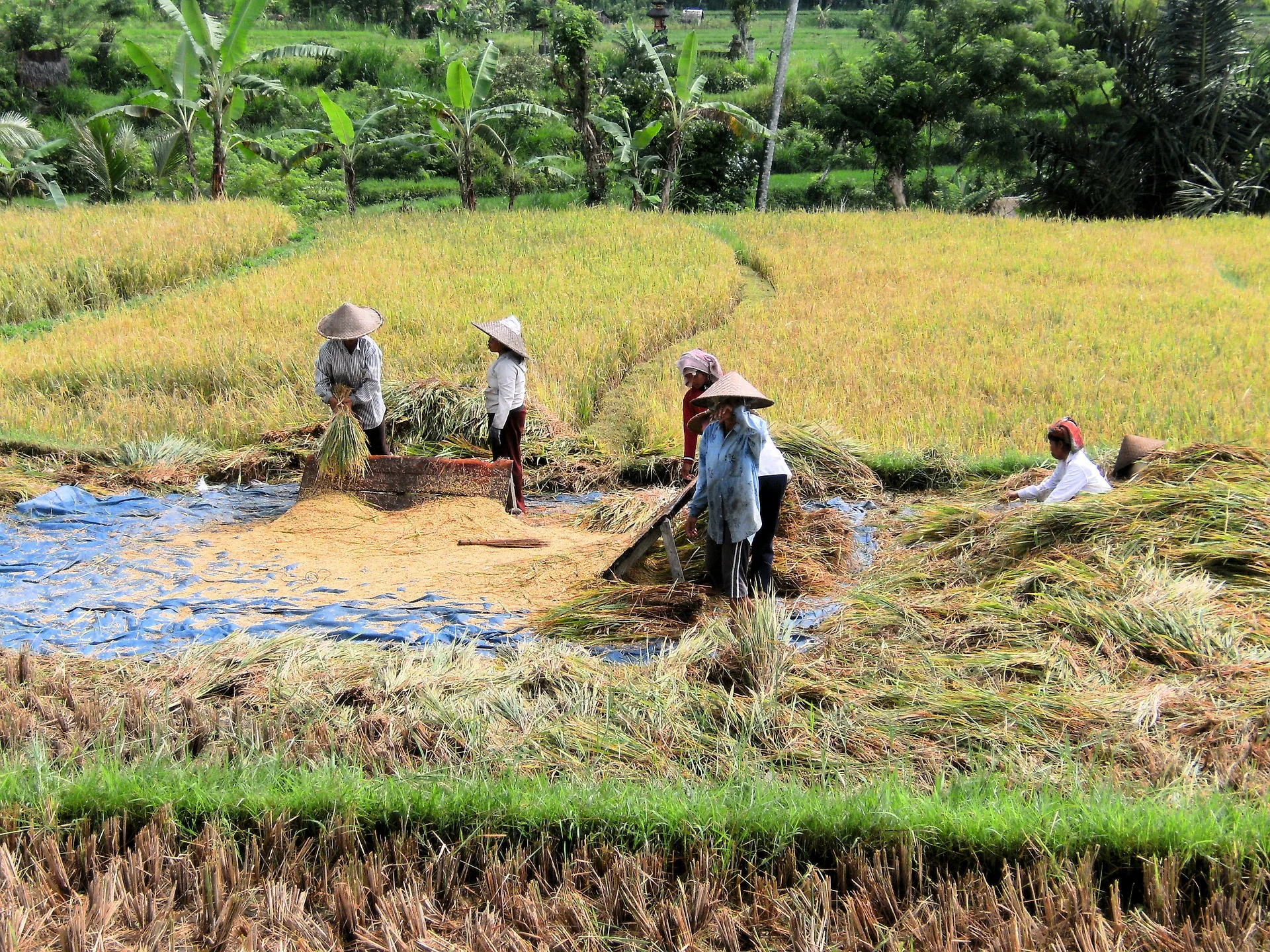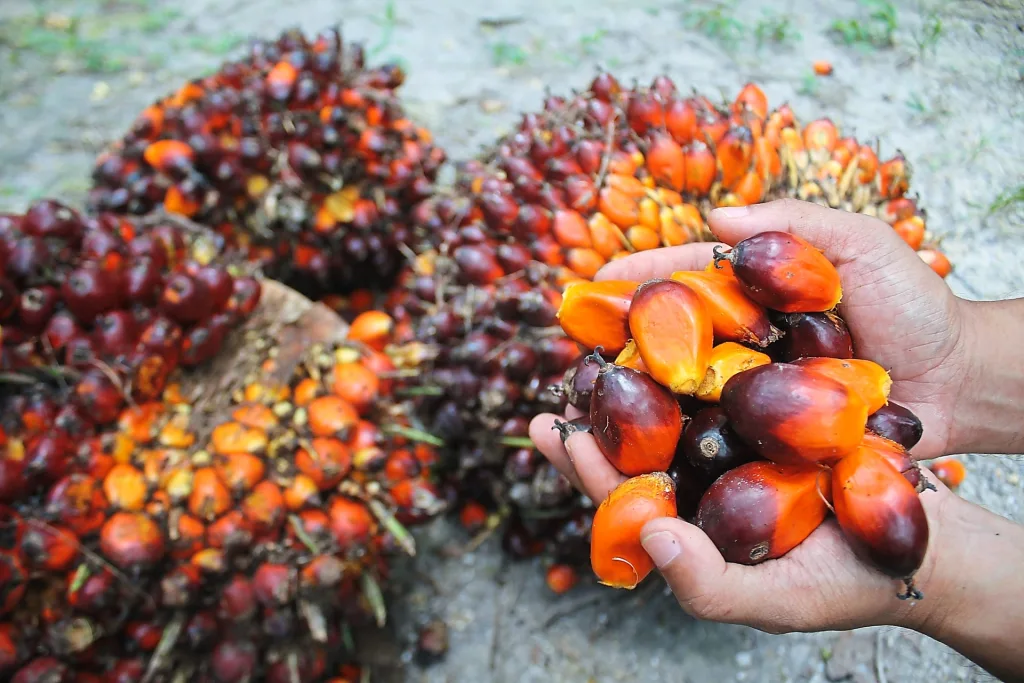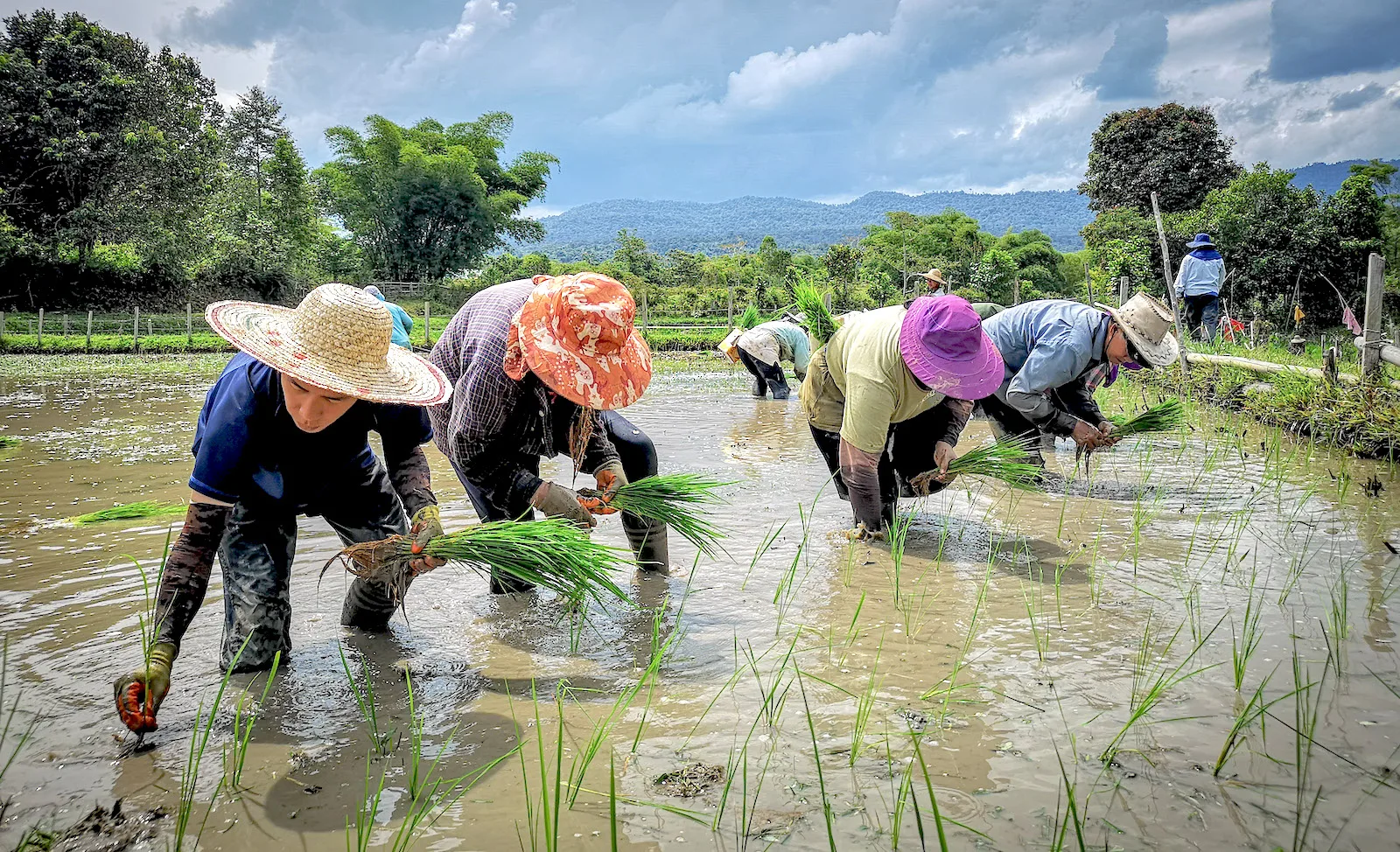Ecological Agriculture in Malaysia: Cultivating Sustainability

eyesonmalaysia
1. Lada Bihis and Lada Mupoh: Spices Rooted in Passion
Malaysia’s ecological agriculture scene is peppered with remarkable stories of commitment and innovation. Among these, the Lada Bihis and Lada Mupoh stand out. These organically-grown Malaysian spices are nurtured by Dusun ethnic farmers, Yulian and Mariani. Their deep-seated passion and youthful exuberance infuse every harvest with flavor and purpose. From the rich soil to the sun-kissed leaves, these spices embody the essence of sustainable farming.
2. A Symphony of Biodiversity: Layo Ground Ginger

In the heart of Malaysia’s lush landscapes, a symphony of biodiversity plays out on the fields of Layo. Here, the ground ginger thrives—a testament to the delicate balance between nature and cultivation. The Dusun farmers, with unwavering dedication, tend to their ginger plants, allowing them to flourish under the tropical sun. Each year, a single harvest graces their tables, a reminder that ecological agriculture isn’t just about yield—it’s about harmony with the land.
3. Palm Oil Reimagined: Nurturing the Rainforest

Malaysia’s economy has long been intertwined with palm oil production. However, a new wave of ecological consciousness is reshaping this industry. Forward-thinking farmers are reimagining palm oil cultivation. They embrace practices that protect rainforests, conserve biodiversity, and empower local communities. These sustainable plantations serve as green oases, where orangutans swing through the canopy, and rivers flow untainted. It’s a delicate dance—a balance between prosperity and preservation.

4. Padi Fields of Resilience: Adapting to Climate Change
As climate change looms, Malaysia’s padi fields face unprecedented challenges. Rising temperatures, erratic rainfall, and changing monsoon patterns threaten traditional rice farming. Yet, resilient farmers adapt. They experiment with drought-resistant varieties, implement water-saving techniques, and foster community resilience. These padi fields become laboratories of adaptation, proving that ecological agriculture isn’t static—it evolves with the changing world.
Conclusion: Sowing Seeds of Hope
In the heart of Malaysia’s agricultural landscape, seeds of hope are sown. Ecological agriculture isn’t merely a practice; it’s a promise—to the earth, to future generations, and to the delicate ecosystems that cradle our existence. As we tread lightly on this fertile soil, let us remember that every crop, every spice, and every sunrise holds the potential for transformation. Together, we cultivate not just sustenance, but a legacy of stewardship—one that reverberates through time, nourishing both land and spirit.
References:









